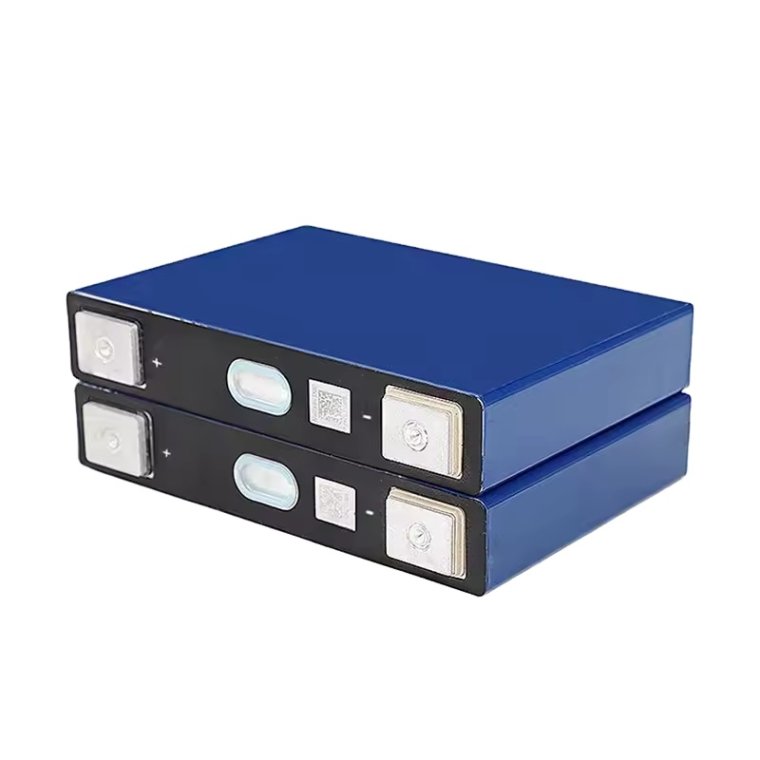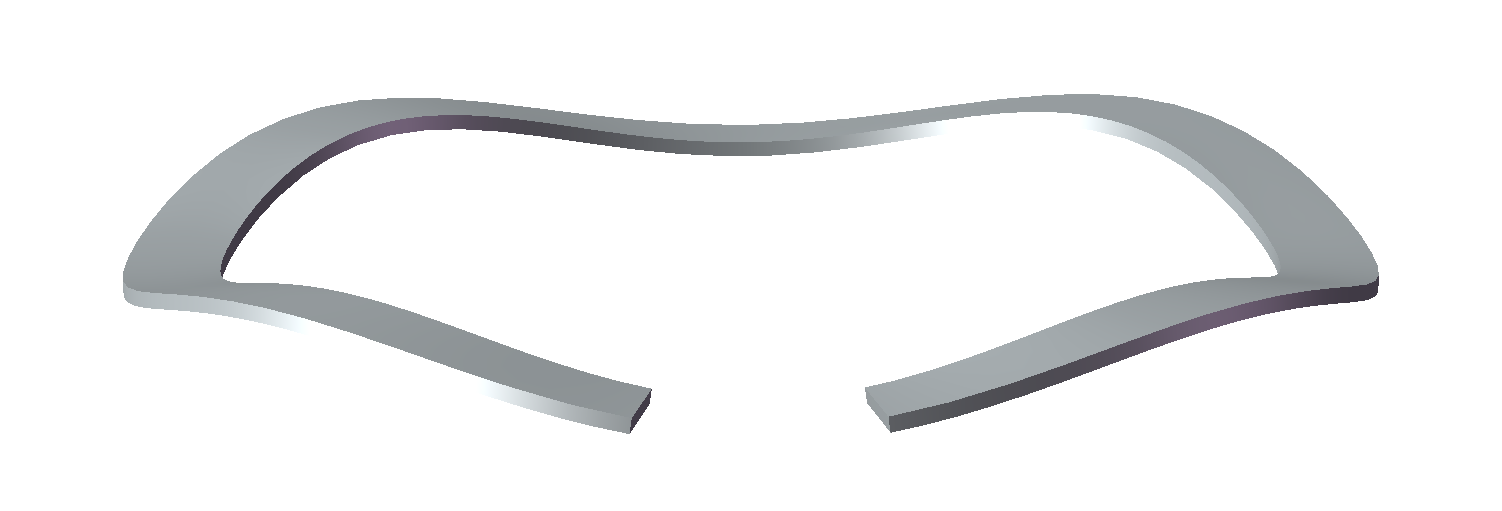Laser printers have revolutionized the printing industry with their speed, precision, and high-quality output. However, like any technology, they are not without their disadvantages. In this blog post, we will delve into the drawbacks of laser printers, shedding light on their limitations and providing insights for users and potential buyers.
- Initial Cost:
One of the primary disadvantages of laser printers is their relatively high initial cost. Compared to inkjet printers, laser printers are typically more expensive to purchase. This can be a deterrent for individuals or small businesses with budget constraints. - Size and Weight:
Laser printers are generally larger and heavier than their inkjet counterparts. Their complex internal mechanisms, including the laser assembly and toner cartridges, contribute to their bulkiness. This can be a challenge for those with limited office space or the need for portability. - Limited Color Range:
While laser printers excel in producing sharp black and white prints, they often fall short in terms of color reproduction. Inkjet printers offer a wider color gamut, making them more suitable for tasks that require vibrant and accurate color representation, such as photo printing or graphic design. - Maintenance and Toner Costs:
Laser printers require regular maintenance to ensure optimal performance. The toner cartridges, which contain the powdered ink used in laser printing, can be expensive to replace. Additionally, if the printer is not used frequently, the toner can dry up, leading to wastage and the need for more frequent replacements. - Environmental Impact:
Laser printers consume more energy during operation compared to inkjet printers. The fusing process, where the toner is melted and bonded to the paper, requires a significant amount of power. Moreover, the toner cartridges used in laser printers contribute to electronic waste, as they cannot be easily recycled and often end up in landfills. - Noise Level:
Laser printers tend to be noisier than inkjet printers. The mechanical components, such as the rotating drums and cooling fans, generate audible sounds during operation. This can be a concern in quiet office environments or home settings where noise pollution is undesirable.
Conclusion:
While laser printers offer numerous advantages, it is crucial to consider their drawbacks before making a purchasing decision. The higher initial cost, limited color range, maintenance requirements, environmental impact, and noise level are all factors that should be taken into account. By understanding these disadvantages, users can make informed choices and explore alternative printing options that better suit their specific needs and preferences.





